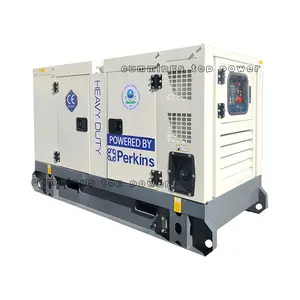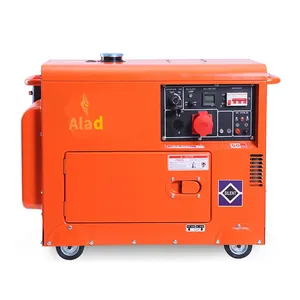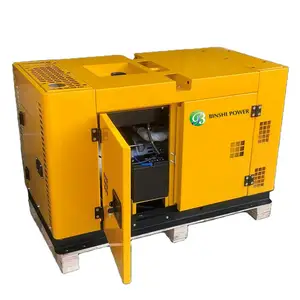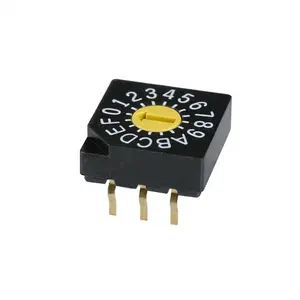Popular in your industry




























































Related Searches:


























































































































Top categories
About 3 position pcb switch
Understanding the 3 Position PCB Switch
Navigating the selection of a 3 position PCB switch requires attention to various factors that ensure the switch meets the specific needs of an application. These switches are integral components in numerous electronic devices, providing versatile functionality in a compact form.
Types and Applications
The 3 position PCB switch comes in various types, each designed to cater to different electronic circuits and functionalities. From simple on-off control to more complex circuit switching, these switches are used in control panels, instrumentation, and consumer electronics, offering precise control over the operation of the device.
Features and Materials
A multi-position switch is characterized by its ability to maintain contact in multiple positions, providing users with tactile feedback to confirm engagement. Constructed from durable materials such as thermoplastics and metals, these switches are designed to resist environmental stressors, ensuring longevity and reliability.
Advantages of Using a 3 Position Switch
The advantage of using a 3 position switch lies in its versatility and durability. These switches can manage varying electrical loads, making them suitable for both low and high current applications. Their design allows for ease of integration into printed circuit boards, streamlining the manufacturing process.
Selecting the Right Switch
When selecting a PCB mounted switch, it is crucial to consider the electrical rating and physical demands, such as resistance to liquids and contaminants. The right switch should align with the intended application and environmental conditions without compromising on performance.
Conclusion
In conclusion, a 3 position rotary switch is a versatile component suitable for a wide range of applications. While selecting the appropriate switch, one must consider its type, application, features, and material composition to ensure it meets the specific requirements of their project.

















































